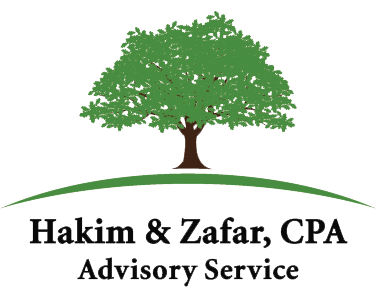 America’s housing crisis has reached a breaking point. With median home prices soaring past $400,000, the National Association of Home Builders reports that 60 percent of U.S. households can’t even afford a $300,000 home. The math has become impossible for most American families.
America’s housing crisis has reached a breaking point. With median home prices soaring past $400,000, the National Association of Home Builders reports that 60 percent of U.S. households can’t even afford a $300,000 home. The math has become impossible for most American families.
While we often blame high mortgage rates, restrictive zoning laws and rising construction costs for the housing shortage, there’s another culprit hiding in plain sight: a decades-old tax rule that’s trapping millions of homeowners in houses they’d rather leave.
The $500,000 Problem
When Congress overhauled capital gains taxes on home sales in 1997, they created what seemed like a generous benefit: homeowners could exclude up to $250,000 in profits from taxes ($500,000 for married couples) when selling their primary residence. This replaced a complex system of rollovers and age-based exemptions with something simpler and cleaner.
But Congress made one critical mistake – they never adjusted these limits for inflation or housing price growth.
Nearly three decades later, these same dollar amounts remain frozen in time, even as home values have skyrocketed. According to new research from Moody’s Analytics, if the exclusion had kept pace with home prices, it would now stand at $885,000 for singles and $1,775,000 for couples. Even adjusting for general inflation alone would double today’s limits.
The Senior Squeeze
This outdated tax rule hits empty-nesters particularly hard. Consider this: nearly 6 million households headed by seniors live in homes larger than 2,500 square feet. Many would gladly downsize to something more manageable, but selling could trigger six-figure tax bills on homes they’ve owned for decades.
The result? They stay put, waiting until death when their heirs can inherit the property with a stepped-up basis that erases all capital gains. Meanwhile, these oversized homes remain off the market, unavailable to growing families who desperately need the space.
Moody’s Analytics estimates these “overhoused” seniors spend $3,000 to $5,000 more annually on maintenance, utilities and property taxes than they would in smaller homes – adding up to $20 billion to 30 billion in unnecessary costs nationwide each year.
An Unexpected Burden on the Middle Class
Surprisingly, this tax burden doesn’t primarily affect the wealthy. Middle-class homeowners in expensive markets like California and Massachusetts face steep tax bills despite modest incomes. Widows face their own challenges, having just two years after a spouse’s death to sell while maintaining the full $500,000 exclusion (though they do receive a partial step-up in basis on their late spouse’s share).
An IRS study revealed a startling fact: 20 percent to 25 percent of capital gains taxes collected under current rules come from filers earning less than $20,000 annually. Meanwhile, wealthier homeowners often have the resources and flexibility to structure sales strategically, minimizing their tax exposure.
The Housing Market Ripple Effect
This tax trap creates a cascade of problems. Young families remain stuck in starter homes. First-time buyers face even fiercer competition for limited inventory. Labor mobility suffers as workers can’t relocate to areas with better job opportunities. The entire housing ecosystem becomes frozen.
The shortage is stark: monthly active listings only climbed back above 1 million in May, according to realtor.com. Before the pandemic, that number hadn’t dropped below that threshold since at least 2016.
Solutions on the Table
Congress is considering two approaches to break this logjam. One would be to double the current exclusions and index them to inflation going forward. The more radical proposal would eliminate the cap entirely.
The Double-Edged Sword
Any change comes with risks. Moody’s Analytics warns that while updating these limits could unlock hundreds of thousands of homes and boost inventory, it might also intensify competition at the lower end of the market as downsizing seniors compete with first-time buyers for the same properties. It could also make housing an even more attractive tax shelter, which would ultimately drive prices higher.
The Path Forward
The paradox is clear: raising or eliminating the capital gains exclusion could provide immediate relief to millions of homeowners trapped by tax considerations. It could inject a much-needed supply into a starved market. But without careful implementation, it could just as easily fuel another round of price increases, leaving affordability as elusive as ever.

 The U.S. Treasury recently enacted a new reporting requirement aimed at quashing illicit financial transactions. The agency believes that corporate anonymity is enabling money laundering, terrorism, and drug trafficking. As part of the 2021 Corporate Transparency Act (CTA), certain companies are now required to report information about their beneficial owners. The goal of the new registration requirements is to create a centralized database of beneficial ownership information.
The U.S. Treasury recently enacted a new reporting requirement aimed at quashing illicit financial transactions. The agency believes that corporate anonymity is enabling money laundering, terrorism, and drug trafficking. As part of the 2021 Corporate Transparency Act (CTA), certain companies are now required to report information about their beneficial owners. The goal of the new registration requirements is to create a centralized database of beneficial ownership information. How and Where to File
How and Where to File